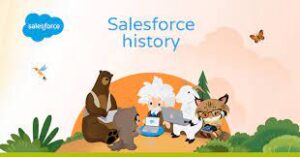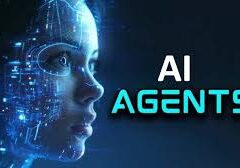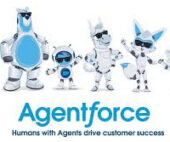AI Model Race Intensifies as OpenAI, Google, and DeepSeek Roll Out New Releases
The generative AI competition is heating up as major players like OpenAI, Google, and DeepSeek rapidly release upgraded models. However, enterprises are shifting focus from incremental model improvements to agentic AI—systems that autonomously perform complex tasks.
Three Major Releases in 24 Hours
This week saw a flurry of AI advancements:
- DeepSeek-V3-0324 – The Chinese AI startup unveiled an upgraded version of its V3 model, enhancing reasoning and coding capabilities. Notably, it’s open-source under an MIT license, making it one of the most permissive models available. Analysts say this puts pressure on competitors to adopt truly open licensing.
- OpenAI’s GPT-4o Image Generation – Hours after DeepSeek’s update, OpenAI launched a new image-generation model within GPT-4o, capable of precisely rendering text and following complex prompts. The model can analyze uploaded images and integrate details into new creations, raising concerns about AI-generated realism.
- Google Gemini 2.5 – Shortly after OpenAI’s release, Google introduced Gemini 2.5, a “thinking model” designed for advanced reasoning. With a 1M-token context window (soon expanding to 2M), it excels in agentic coding and web app development.
Competition Over Innovation?
While the rapid releases highlight the breakneck pace of AI development, some analysts see diminishing differentiation between models.
- “The release cycle has shortened so much,” said Lian Jye Su, Omdia analyst. “It’s not about massive performance leaps but incremental gains over competitors.”
- Geopolitical concerns may limit DeepSeek’s adoption in the U.S., where lawmakers have proposed banning its use in government devices.
- Enterprises are prioritizing agentic AI—like Microsoft’s new Researcher and Analyst agents in Copilot—over raw model upgrades.
The Future: Agentic AI & Real-World Use Cases
As model fatigue sets in, businesses are focusing on domain-specific AI applications that deliver measurable ROI.
- “Enterprises care about ROI,” Su noted. “Different use cases require different optimizations.”
- Detection challenges loom as AI-generated images become nearly indistinguishable from real ones, demanding better authentication tools.
The AI race continues, but the real winners will be those who translate cutting-edge models into practical, agent-driven solutions.
Key Takeaways:
✔ DeepSeek’s open-source V3 pressures rivals to embrace transparency.
✔ GPT-4o’s hyper-realistic images raise deepfake concerns.
✔ Gemini 2.5 focuses on structured reasoning for complex tasks.
✔ Agentic AI, not just model upgrades, is the next enterprise priority.













